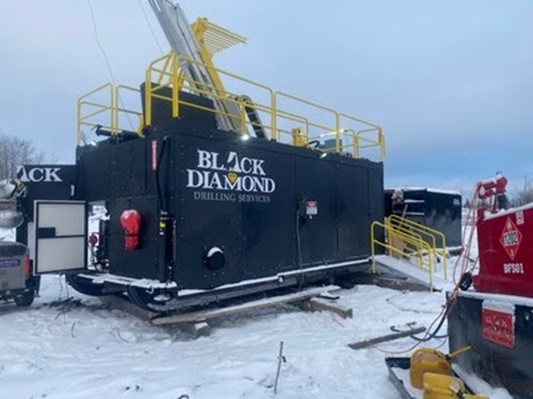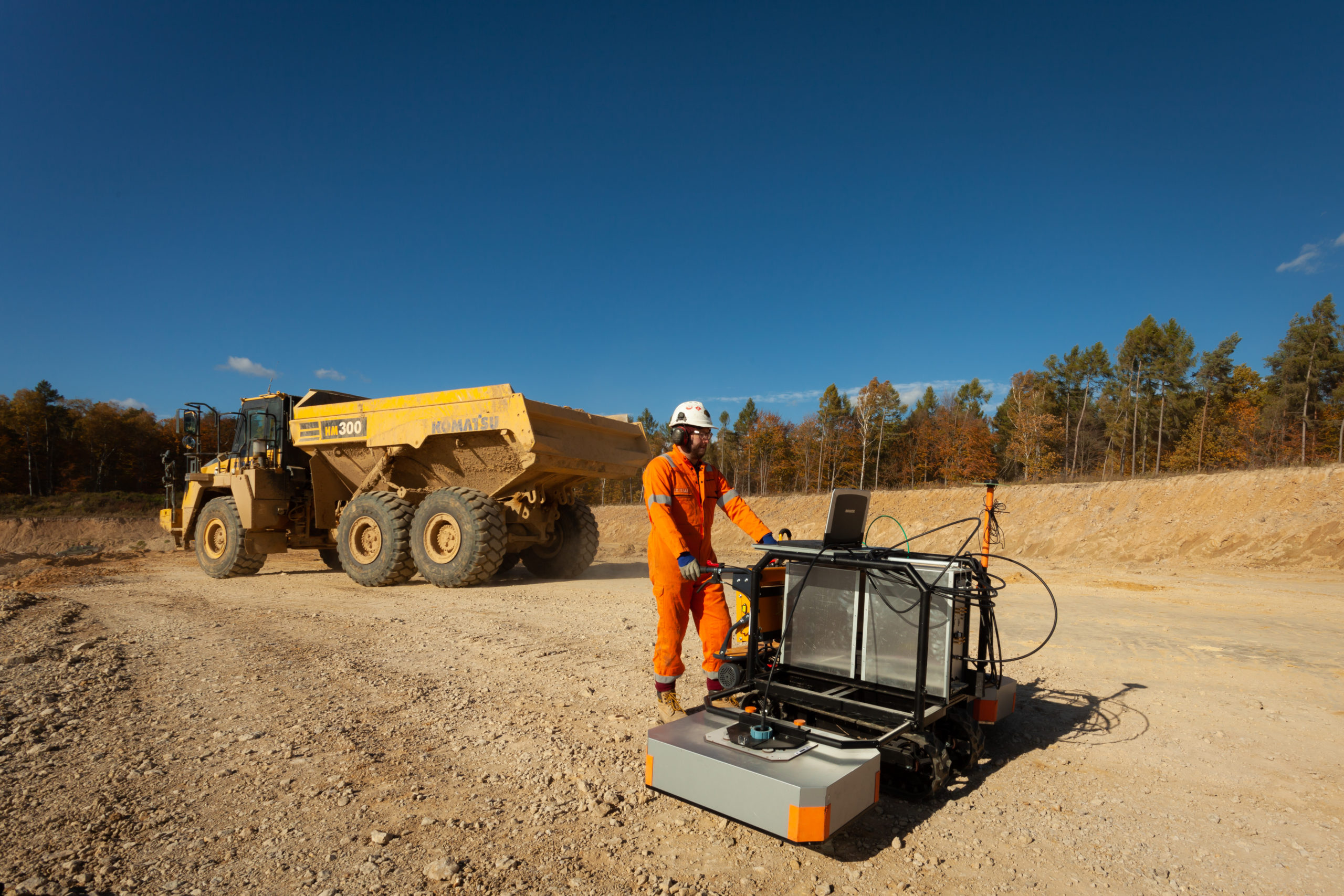The complex challenge of delivering reliable and unfailing network connectivity underground

Mine operators face mounting pressure to produce and process ore at a lower cost per tonne and remain profitable in an increasingly competitive landscape; all that while operating in some of the most complex and ever-changing industrial environments on the planet. A major task that these operators must overcome is successfully deploying a reliable and unfailing network connectivity to all corners of the mine, especially the working face.
Underground mines and tunnels are some of the most challenging environments to deploy network systems. The corkscrew design of ramps, varying sized stopes, numerous crosscuts, and increasing mine depths can severely limit the reach of wireless signals. In a setting with extensive connectivity and throughput demands, operators must consider all available options. The use of technology underground has increased drastically as operators seek enhanced productivity, semi and fully autonomous control, video feeds, energy cost savings, and improved employee safety.
Operators can achieve significant productivity gains by unlocking full autonomy and mobility with a portable wireless infrastructure that voice-only leaky feeder cannot. However, many wireless networking options fall short of mining requirements due to their lack of dynamic and fully mobile vehicle-to-vehicle and vehicle to fixed node or worker communication.
Utilizing modernized underground mining and tunneling technology
Underground mines are mission-critical environments. They present a unique myriad of hurdles to deploying network systems. Connectivity and throughput demands are high, and mine layouts can limit how far wireless signals can travel.
The mining industry continues to invest in various technologies, like semi- and fully autonomous scoops and trucks, remote fan and gas monitoring and control, video in the shafts and working areas, remote blasting over existing networks, decreasing post blast re-entry times, remote surveying with drones, real time telemetry from mobile and fixed equipment, and all call radio and phone communications during drills and emergencies.
The industrial internet of things (IIoT) is playing a significant role in reducing mining accidents and downtime. The whole environment transforms when machinery, equipment, and people are constantly interconnected. Onboard and fixed sensors can monitor temperature and air quality to ensure adequate ventilation, while cameras can stream video in real time. Wearable devices in combination with sensors can alert workers when entering an unsafe area and track their progression. They can also be used to alert operators to warnings from the numerous screens in today’s operator cabs.
New technology requires reliable network connectivity that not only keeps operations running smoothly but seamlessly ensures staff, equipment, and applications remain functioning 24/7, 365 days a year. A solution that allows underground mines to quickly interconnect existing infrastructures, introduce new technology, relocate, or remove network infrastructure all without causing network downtime is needed. As more and more devices get interconnected, the transmitted data volume grows exponentially.
Enhancing safety and productivity with autonomy
Underground mines are looking to leverage autonomy to meet increasingly stringent safety and productivity mandates. The challenge is that autonomous applications are not only bandwidth-intensive, but most require continuous, uninterrupted communication from surface to underground and vice versa.
Operators are utilizing remote technology to help eliminate danger when performing industrial tasks. Beginning at the working face of the mine and moving outward, automated equipment enhances safety by keeping human personnel out of hazardous locations and streaming live data to enable real-time situational awareness. However, automation platforms also require continuous connectivity to function effectively. If communications encounter interference, it may cause bandwidth-intensive autonomous applications to cease operating.
Reliable wireless networks
Many mines depend on fiber to achieve reliable underground communications. But installing fiber in active haulage drifts and ramps is challenging and can create operational and maintenance nightmares. In addition, development areas can rarely support any fiber infrastructure. It is not uncommon for trucks to accidentally catch and rip down sections of fiber. When that happens, connectivity across the entire underground mine can be lost. Therefore, operators must look towards a wireless solution that can limit the possibilities of downtime and the risks it brings with it.
Another important cost factor is to use the existing fiber infrastructure up to a non-production area such as the station or an electrical substation and then go wireless from there.
However, traditional wireless networks cannot provide the unfailing connectivity that is necessary underground. They depend on fixed transmission points, so they cannot be easily reconfigured and expanded. In Wi-Fi, point-to-pulti-point (P2MP), or LTE network, a single point of failure presents a real threat that is not tolerable in mines.
The ability to transmit dynamic video is also a prime requirement for mining as remote-controlled equipment and cameras provide visibility into underground locations, so high bandwidth and multi-frequencies are a must. The ability to do remote mucking from surface and continue to skip between shifts can lead to a large production gain.
As more and more devices are connected, the need for bandwidth increases, so the network must be able to expand easily without interruption. Having a wireless infrastructure in key areas eliminates the need for additional fiber runs from the surface. Underground, the network must overcome uneven surfaces, numerous corners, changing back heights, vent tubing, air and water pipes, and power cables as well as be impervious to changing temperatures, depths, and dusty environments; all of which present various propagation challenges.
Decentralized wireless networks provide unwavering availability
In a true wireless mesh network, there is no single point of failure, as each node acts independently, forming connections to other nodes. If one node becomes temporarily unavailable or goes down, it should have no impact on the network. The type of mesh required for mining should be self-healing, so that if one node becomes unavailable, the next node self-optimizes to find another efficient path to transmit data. Uninterrupted, continuous routing is a must. Real mining wireless mesh networks should be versatile, rugged, and flexible, moving with the mine, as new locations are opened to ensure uninterrupted coverage.
Darrell Gillis is Rajant’s sales director in Canada.





Comments